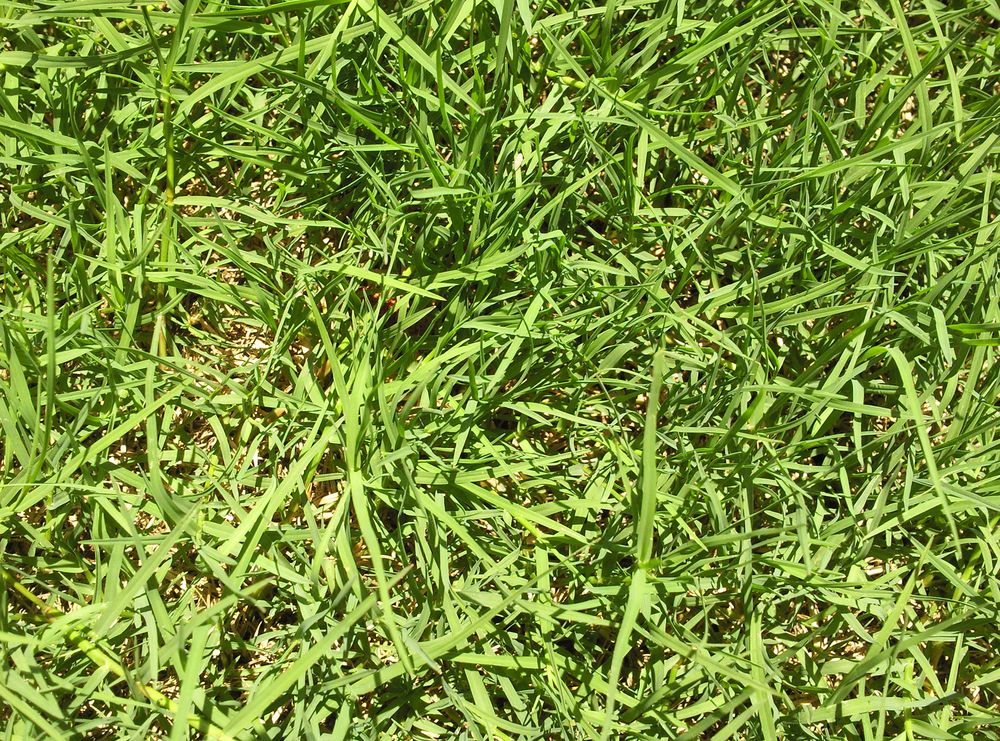Here in the Southwest and in many parts of the country, Bermuda is among the most common turf grass varieties found in residential and commercial applications. As Bermuda goes dormant in the winter months, interseeding with ryegrass helps keep turf green year-round.
As we head into spring, I’m often asked about the best practices for transitioning Bermuda grass, including which products to use (and when) to help restore the dormant Bermuda to its full, green glory.
When making the change from perennial ryegrass to Bermuda, the following elements will help ensure a successful transition.
- Fertilize. Beginning in March, slow-release fertilizers, such as 28-3-10, 16-2-3 and 25-5-5, will grant both the ryegrass and Bermuda access to small amounts of nitrogen throughout April, and into early May. An essential micronutrient, the appropriate amount of nitrogen can promote growth, improve drought tolerance, provide insect and disease resistance and improve the density and green color of the grass. Though overall rates will vary with products used, a typical rule of thumb is to use half of a pound of nitrogen per 1,000 square feet of turf. Generally speaking, 2.3 to 3.5 lbs of fertilizer will achieve .5 lb of nitrogen.
- Adjust your mowing height. This is one of the most critical steps! In April, begin reducing the height of your ryegrass in half-inch increments at least one to two weeks apart, until the ryegrass is at a height of ¾ of an inch on common Bermuda lawns—and as low as a half inch on Tiff lawns—by mid-May. Reducing the height of the ryegrass will allow sunlight to penetrate and warm the soil. As the soil temperature rises, the Bermuda will begin new growth and the additional sunlight will provide energy for the new leaf blades and shoots to overtake the rye.
- Note the ambient air temperature. Ideal growing conditions are met when nighttime temperatures reach the mid 60s for several consecutive nights. Any cooler, and the Bermuda just doesn't germinate or grow as aggressively. Remember, there is no magic date! Just watch the weatherman at night. He'll tell you when it's time!
- Water appropriately. Cutting back your irrigation schedule during the transition phase can do more harm than good for both the rye and Bermuda. A slight reduction in watering the rye is ok, but as the temperatures rise, the rye will become “shocked,” resulting in a shabby looking lawn. Instead of cutting back your irrigation, aerate the soil and add amendments such as humate, gypsum, sulfur or Field Magic™. This will help provide a "green-to-green" transition.
- Check your sprinkler system’s uniformity. Distribution uniformity, or how evenly the water is being applied, is another crucial element of successful transitioning. Poor or uneven coverage in a sprinkler system leads to poor transitions in the same areas year after year. Simply overwatering the problem areas will not help as the temperatures begin to rise; the ryegrass will become stressed, and there will be no Bermuda growing underneath. If, after the transition period is over, you discover sprinkler zones that could use a tune up, it is best to make this fix in late summer, prior to overseeding with perennial rye.
- Consider a nitrogen boost. To help promote growth in Bermuda once the weather has warmed up, select a product that provides a quick 3-4 week source of nitrogen, such as 18-5-0, 9-9-9, 15-15-15 or 21-0-0. Quick release products break down very rapidly; the nutrients are then released into the soil and made available to the Bermuda to help promote growth and vigor.
- Bring on the humidity. Typically, Bermuda grass won’t truly thrive until the humidity arrives, such as monsoon season in the Southwest. It will grow and green up in the warmer temperatures, but requires humidity to fill in and become a lush, green lawn.
For assistance with transitioning Bermuda, stop by your local branch or contact a turf specialist.




